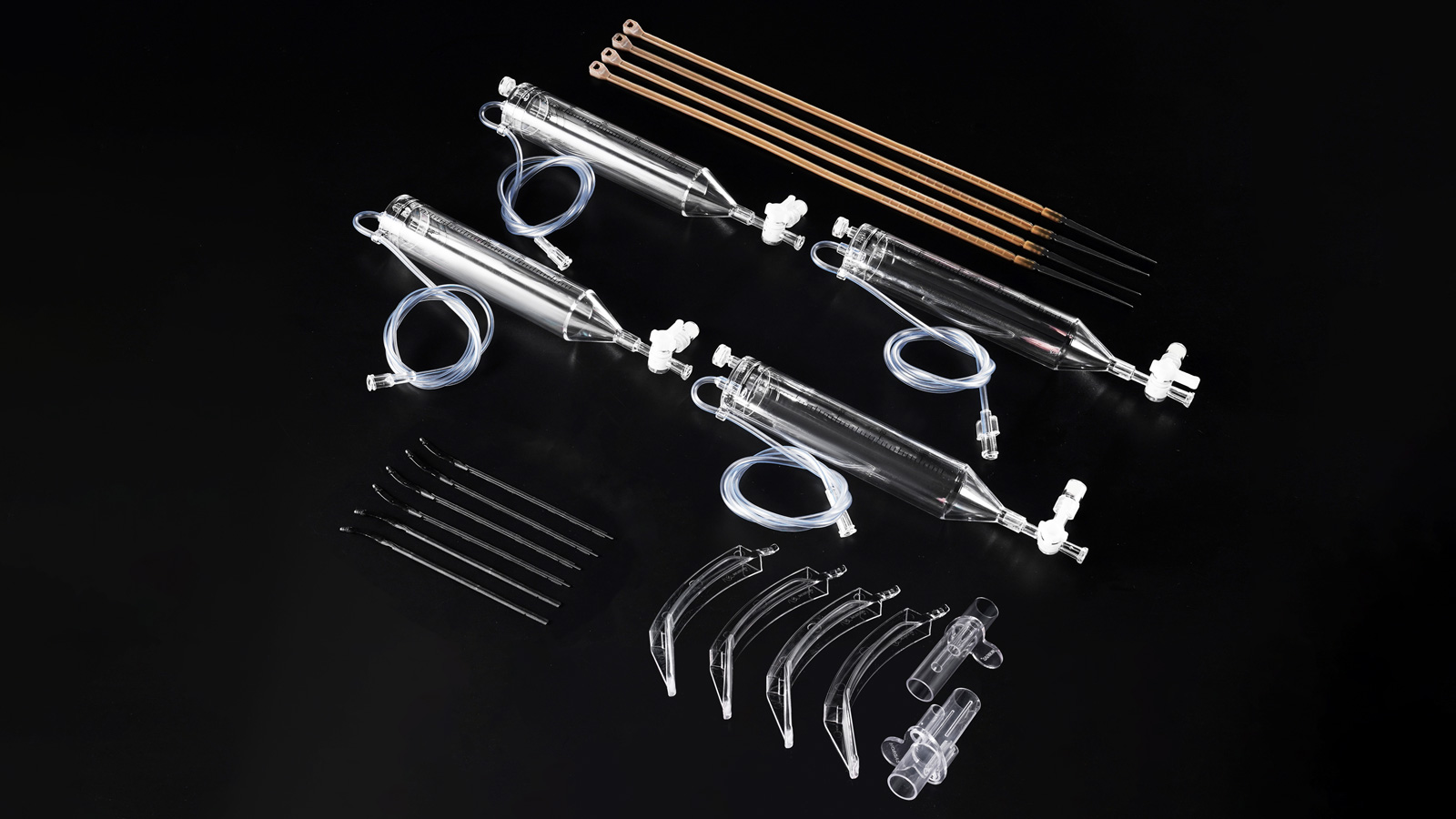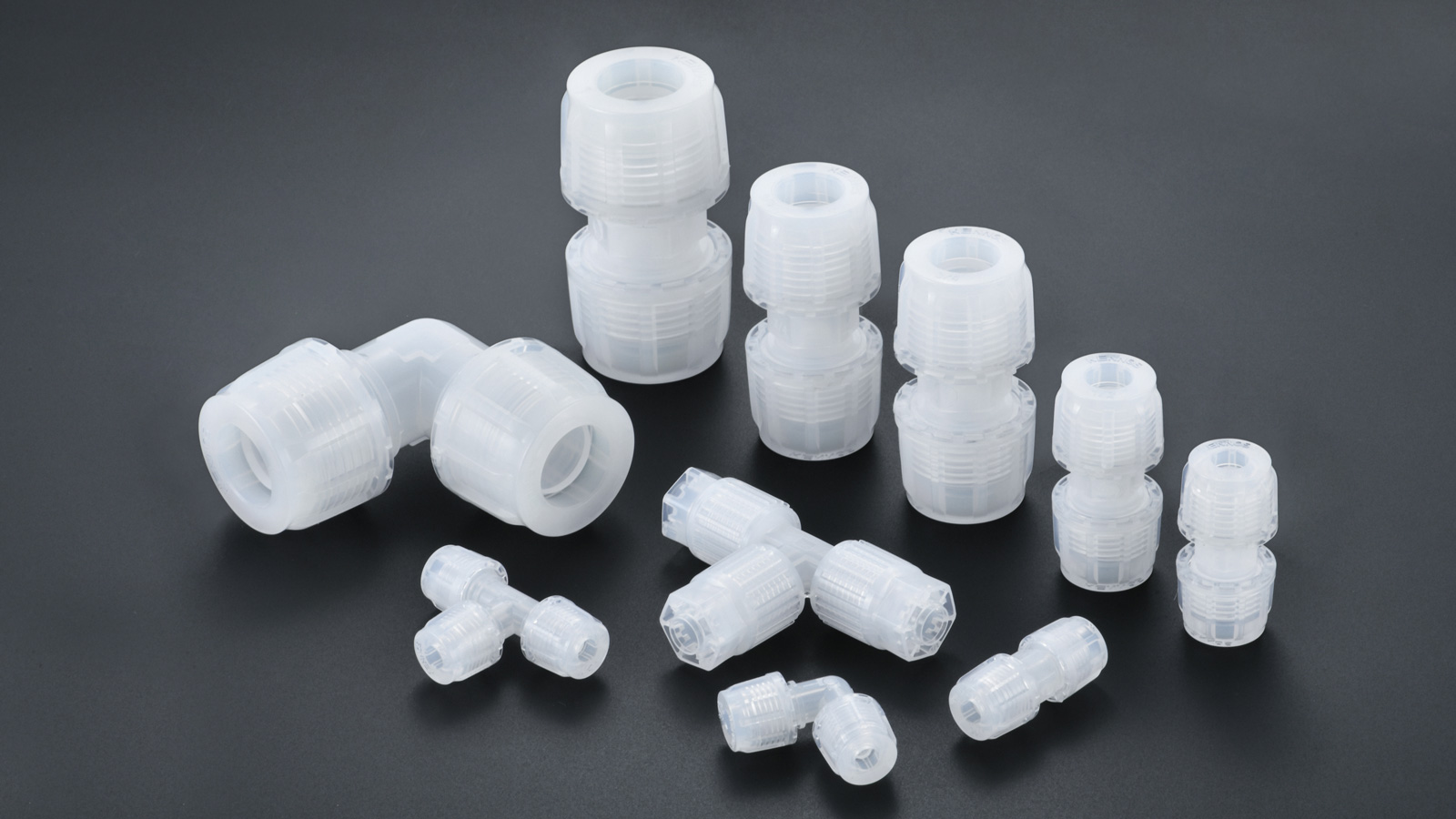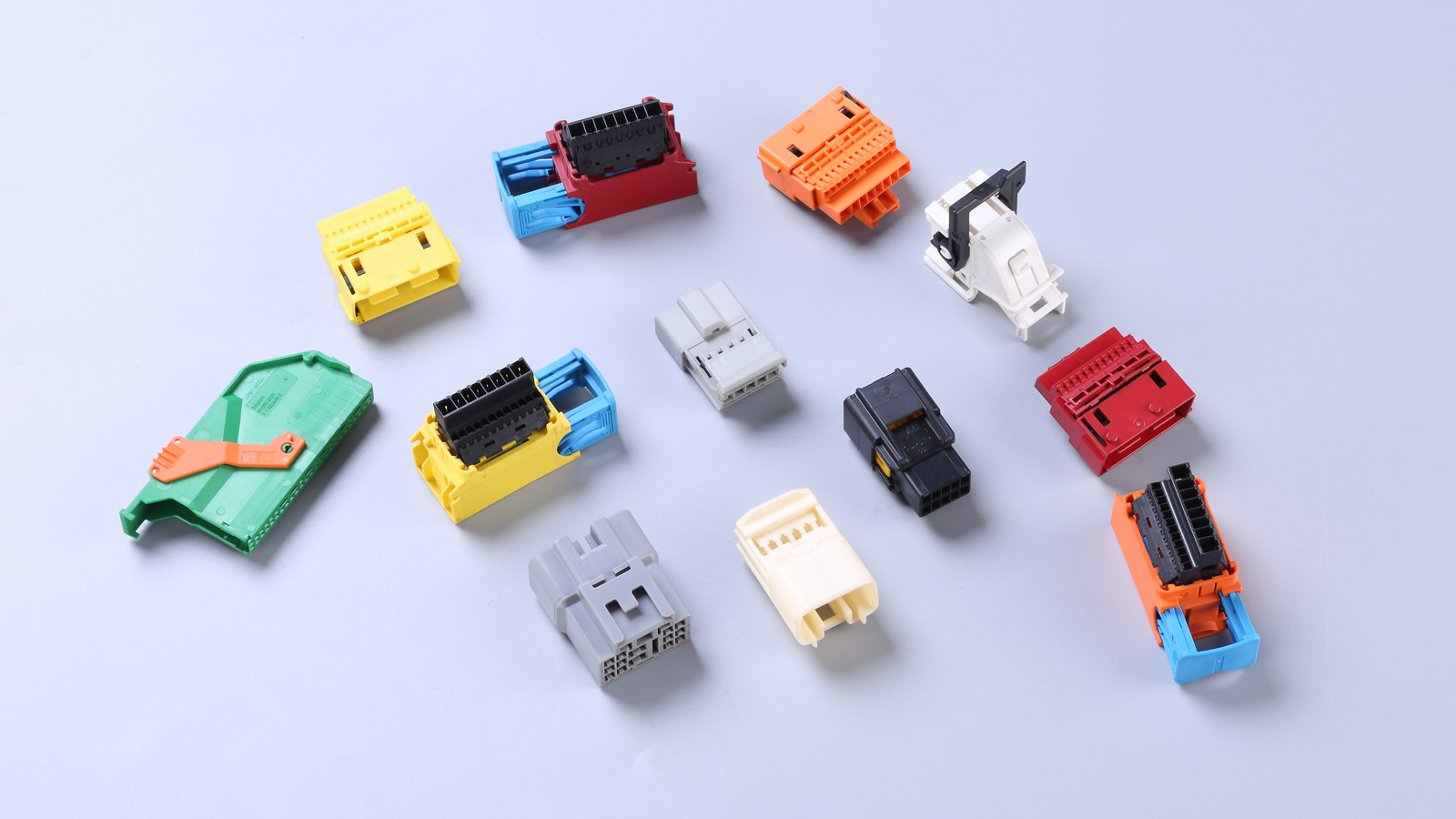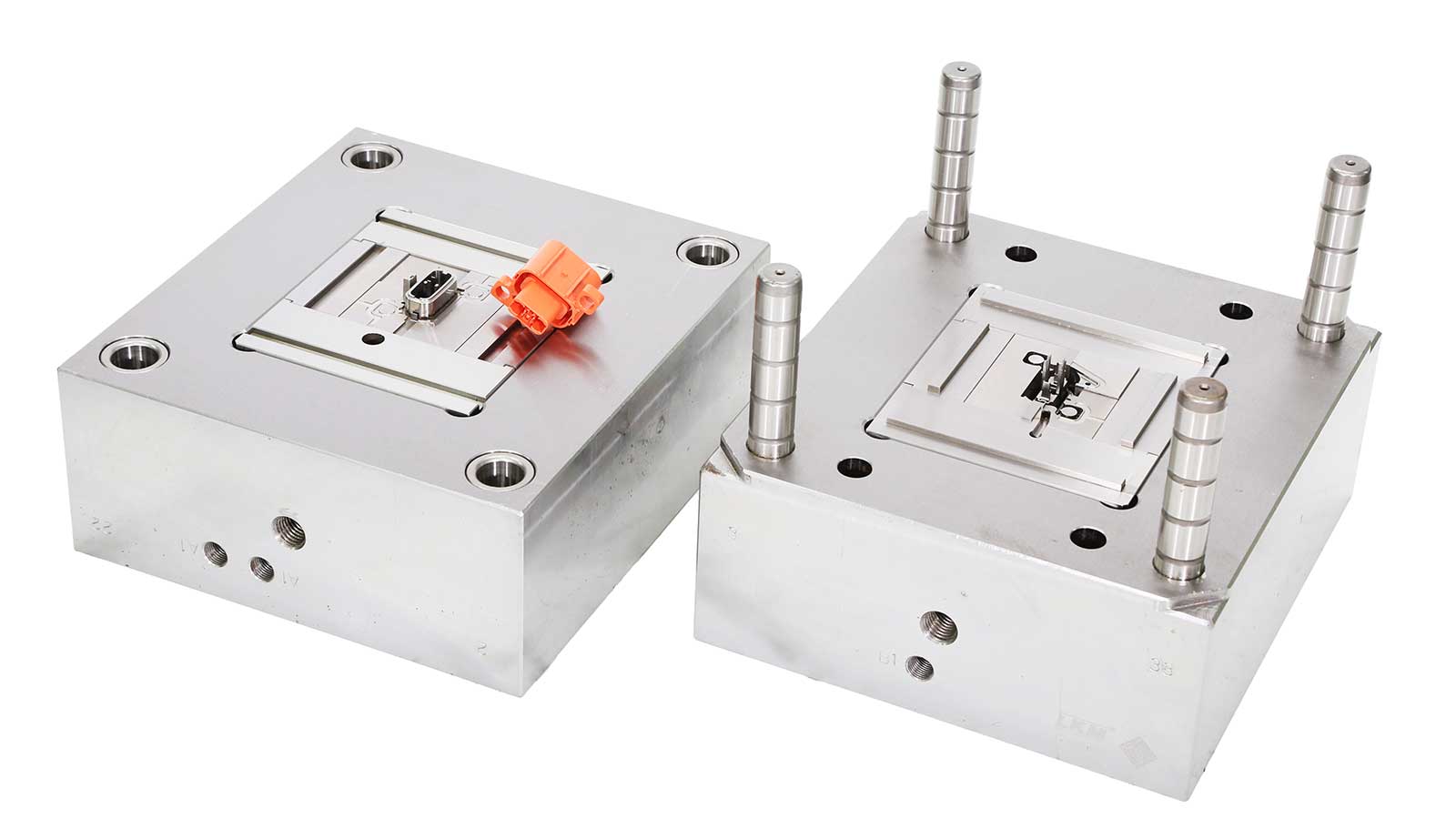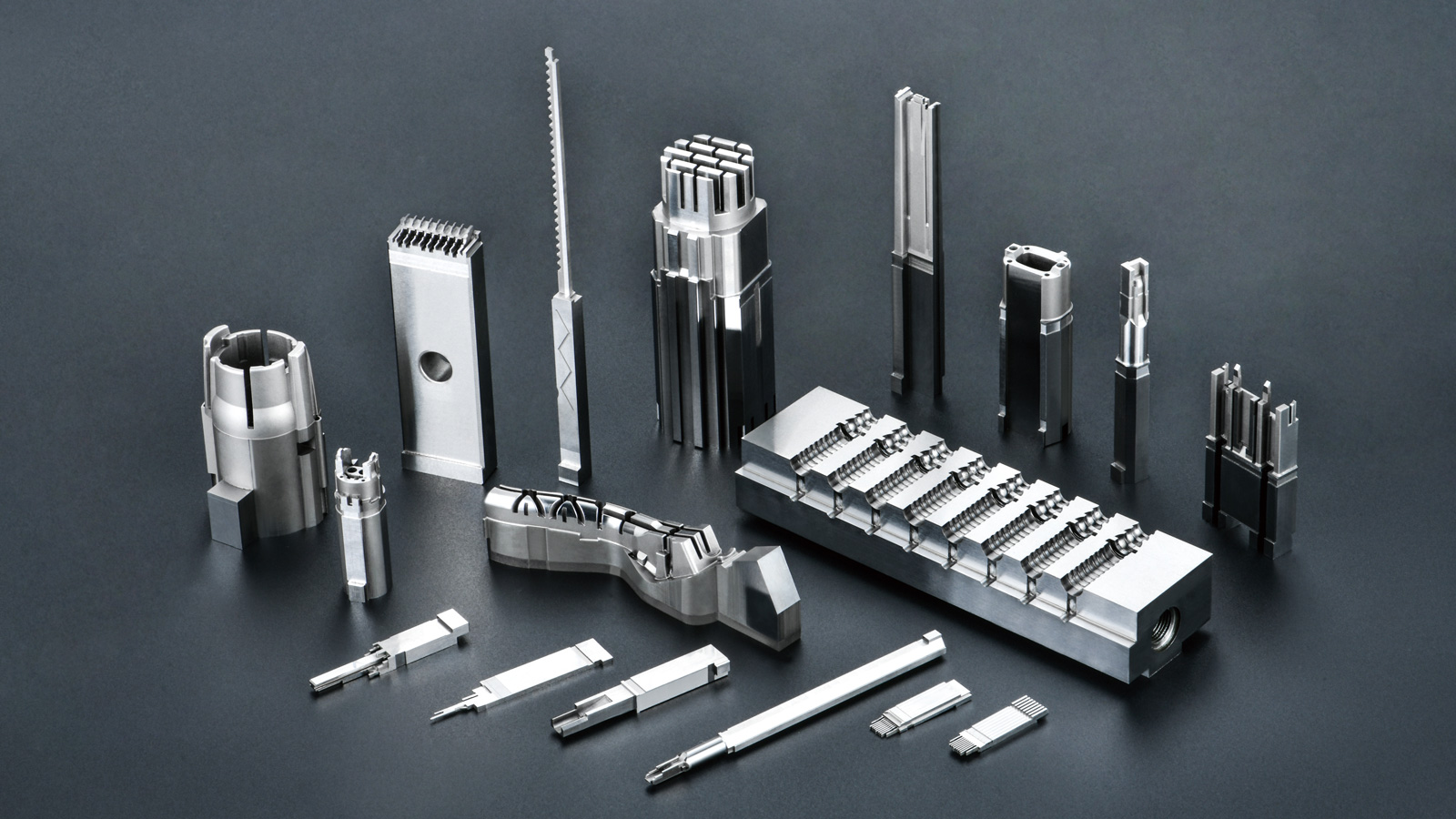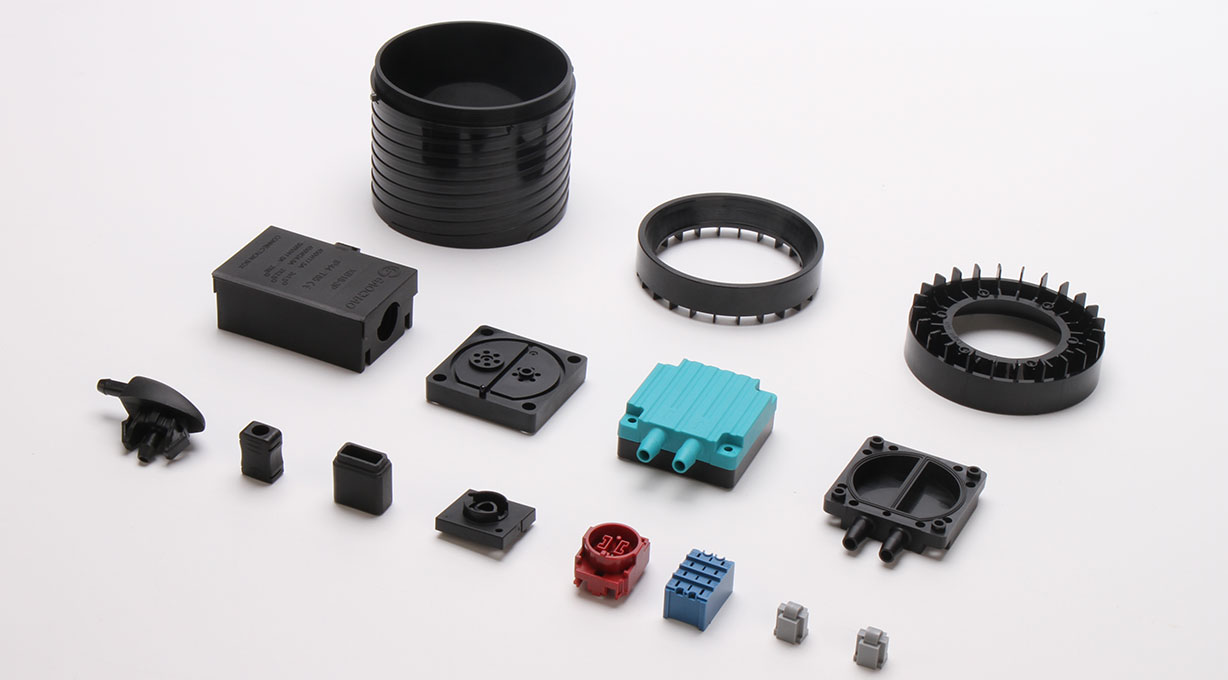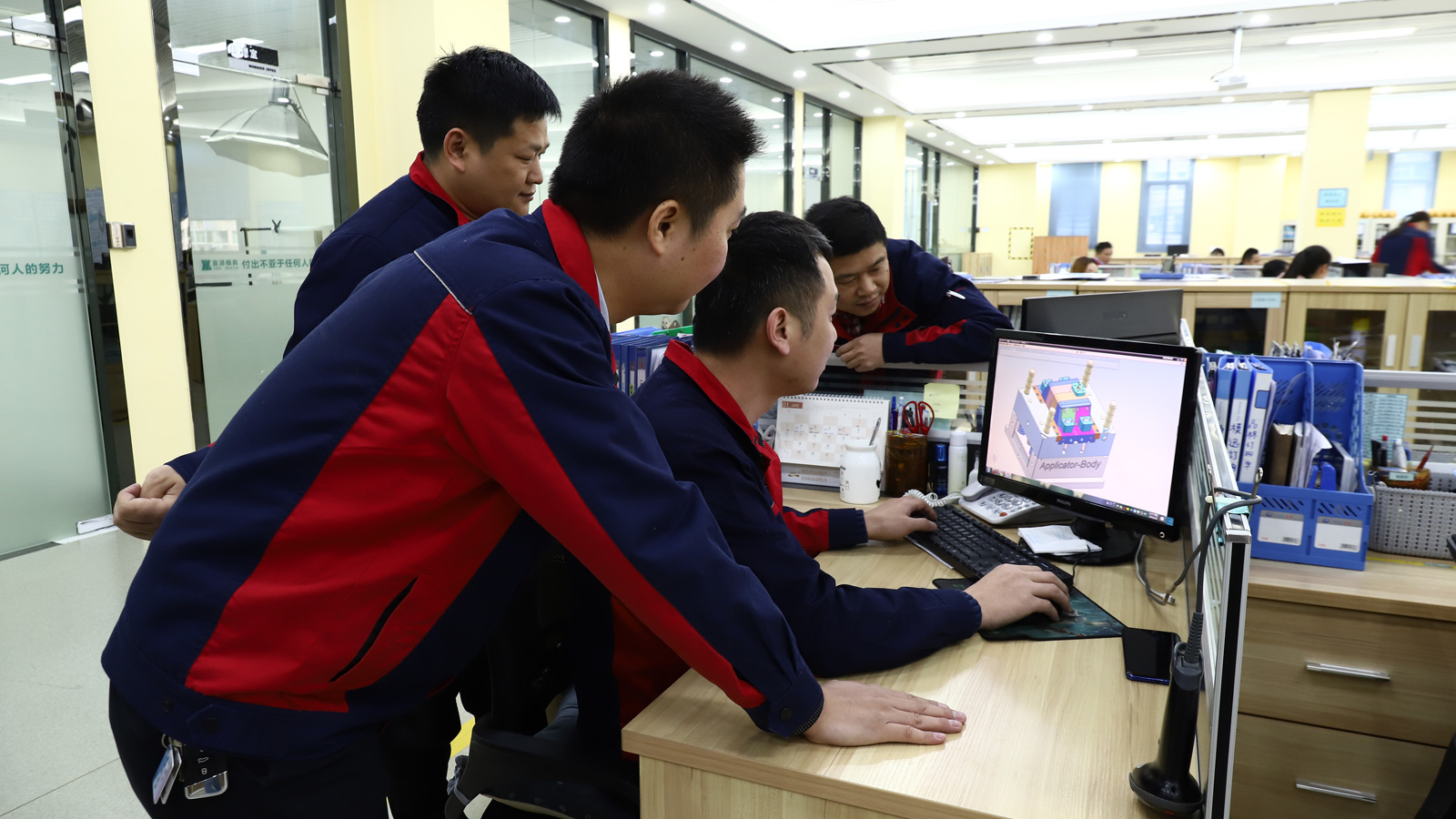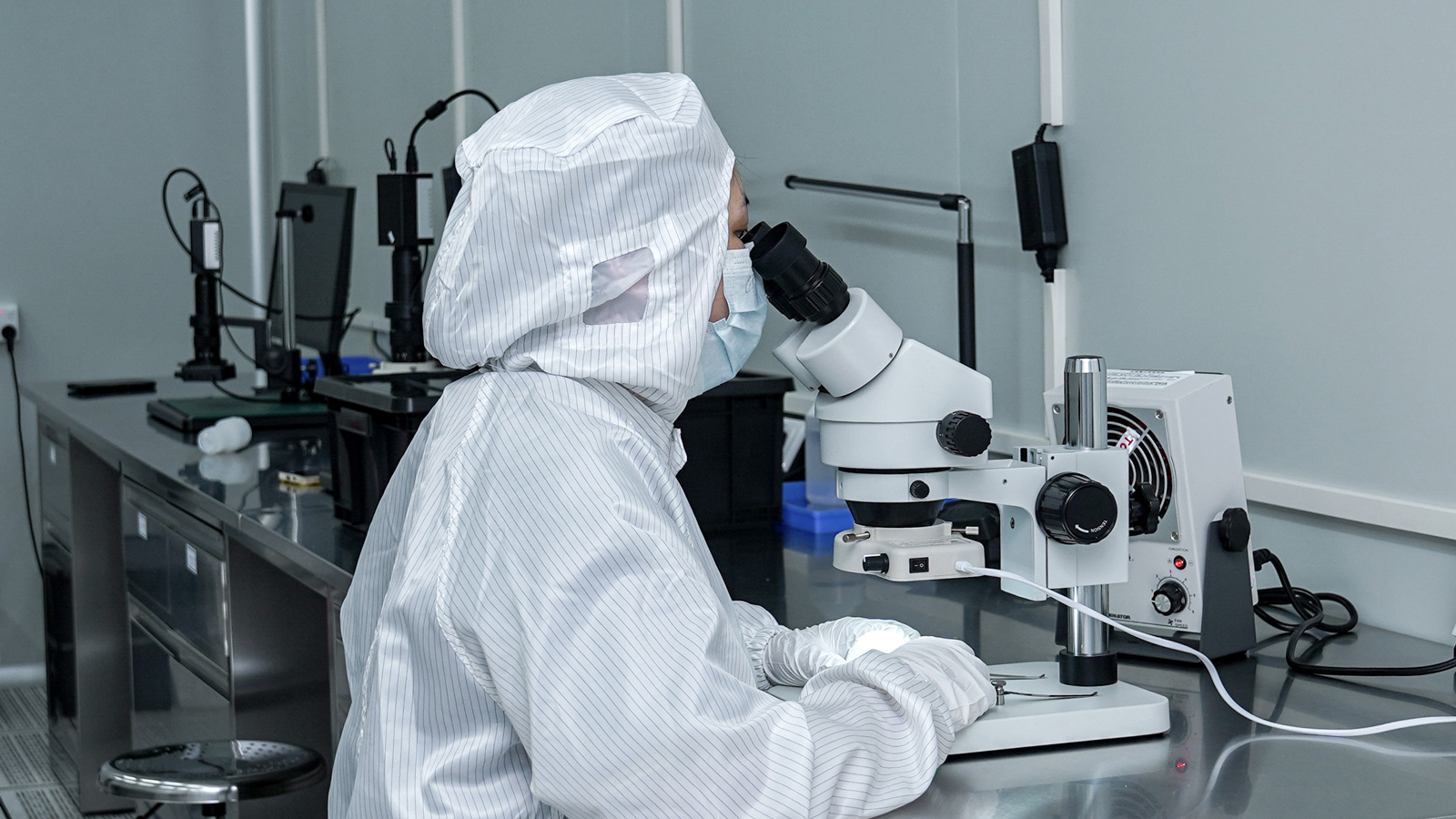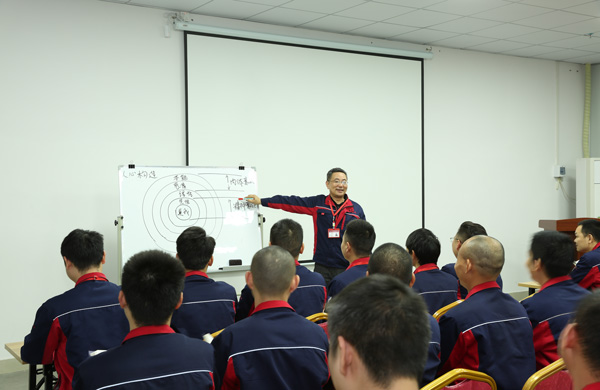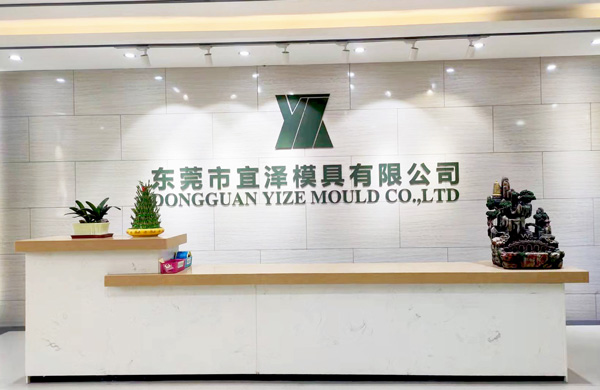In the field of custom development of injection molds, hot runner systems are widely applied in various injection molding processes. However, how to accurately select the appropriate hot runner system to fully leverage its maximum advantages in the custom development of injection molds has become a focus of attention for many practitioners. The following will elaborate in detail from several key aspects.
Injection Pressure: The Neglected Pressure Drop Issue
The pressure drop in hot runner injection systems is often overlooked. Many users have the misconception that since the plastic melt inside the hot runner is always heated, the injection pressure drop of the hot runner is much smaller than that of the cold runner. In fact, to meet the design requirements of the hot runner, the flow length of the melt in the system increases significantly, making the pressure drop in the hot runner injection system non-negligible. In actual production, situations where injection becomes difficult due to a large pressure drop are not uncommon. Especially for plastic resins with poor melt flow properties, such as PC and POM, and for some large parts that require a long melt flow path for full filling, it is advisable to conduct mold flow analysis in advance to prevent potential problems.
Heating: Different Methods, Different Effects
There are major differences in the methods of heating the melt among hot runner systems. In internal heating systems, heaters are directly installed on the melt channels to heat the material directly. In external heating systems, the material is heated from the outside, allowing the raw material to flow through the channels without any obstruction. The external heating method can provide a more reasonable melt shear force curve, which helps improve the molding quality of plastics.
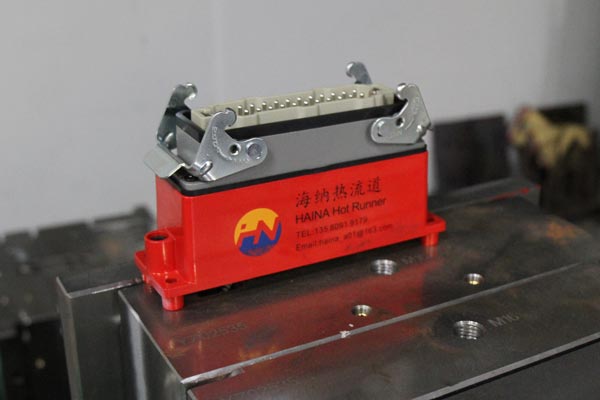
Gate Types: Selection Based on Materials
There is a wide variety of gate types available for injection molds. When selecting, multiple factors need to be considered, with gate location and material type being crucial. Different gate types have limitations for specific materials. Understanding the compatibility between injection mold gates and materials helps make more appropriate choices, ensuring the smooth progress of the injection molding process and stable product quality.
Standard or Customized: Weighing Cost-Effectiveness and Applicability
Typically, hot runner suppliers offer two solutions: customized hot runner systems and standard hot runner systems. When possible, standard hot runner systems should be preferred, including nozzles, manifold plates, and gate inserts of standard lengths and sizes. This is not only because standard hot runner systems offer high cost-effectiveness and short delivery times but also because they have interchangeable parts, facilitating subsequent maintenance and upkeep.
Plastic Processing Types: Matching Material Characteristics
When selecting a hot runner system for an injection mold, the characteristics of the plastic resin used must be fully considered. For example, when processing glass fiber-reinforced plastics (such as glass fiber-reinforced nylon materials), the gate insert needs to have good wear resistance to ensure long-term use stability. If the plastic resin being processed is prone to decomposition (such as PVC), an external heating system channel should be used to avoid dead corners where the melt may stagnate and prevent resin decomposition from affecting product quality. For resins with poor melt flow properties (such as PC), larger-sized nozzles and larger cross-sectional channels should be优先考虑 (given priority to) to ensure full filling of the mold.
Runner Sizes: Precise Calculations for Optimal Performance
To ensure optimal performance of the hot runner system, the processing conditions of specific resins must be thoroughly analyzed. Not only the weight of the product but also the appropriate melt channel size must be accurately calculated, involving parameters such as melt flow index, injection time, injection molding cycle, and melting temperature. The correct runner size is crucial for the performance of the hot runner. Improper size selection may lead to problems such as degraded performance of plastic injection-molded parts, uneven filling, or incomplete filling. To determine the optimal size of the melt runner, factors such as pressure drop, residence time, temperature, shear rate, and frequency must be considered.
Multi-Zone Temperature Control: Meeting Complex Requirements
When users require large-sized, complex hot runner systems or use narrow processing parameters to handle temperature-sensitive plastic resins, a multi-zone temperature controller system is an ideal choice. This system can precisely regulate the temperature in different zones. An ideal hot runner system should have a uniform temperature distribution. However, in actual situations, temperature distribution may be uneven due to factors such as the quality of hot runner heater components and heat loss at the joints between the mold hot runner system and the injection mold. The multi-zone temperature control system can effectively address these issues, ensuring stable operation of the hot runner system under different working conditions.
In the custom development of injection molds, selecting the appropriate hot runner system requires a comprehensive consideration of multiple factors, including injection pressure, heating methods, gate types, standard or customized requirements, plastic processing types, runner sizes, and multi-zone temperature control. Only by comprehensively and accurately grasping these key factors can the most suitable hot runner system be selected for the custom development of injection molds, thereby improving production efficiency, ensuring product quality, and promoting the continuous development of plastic injection molding processes.
